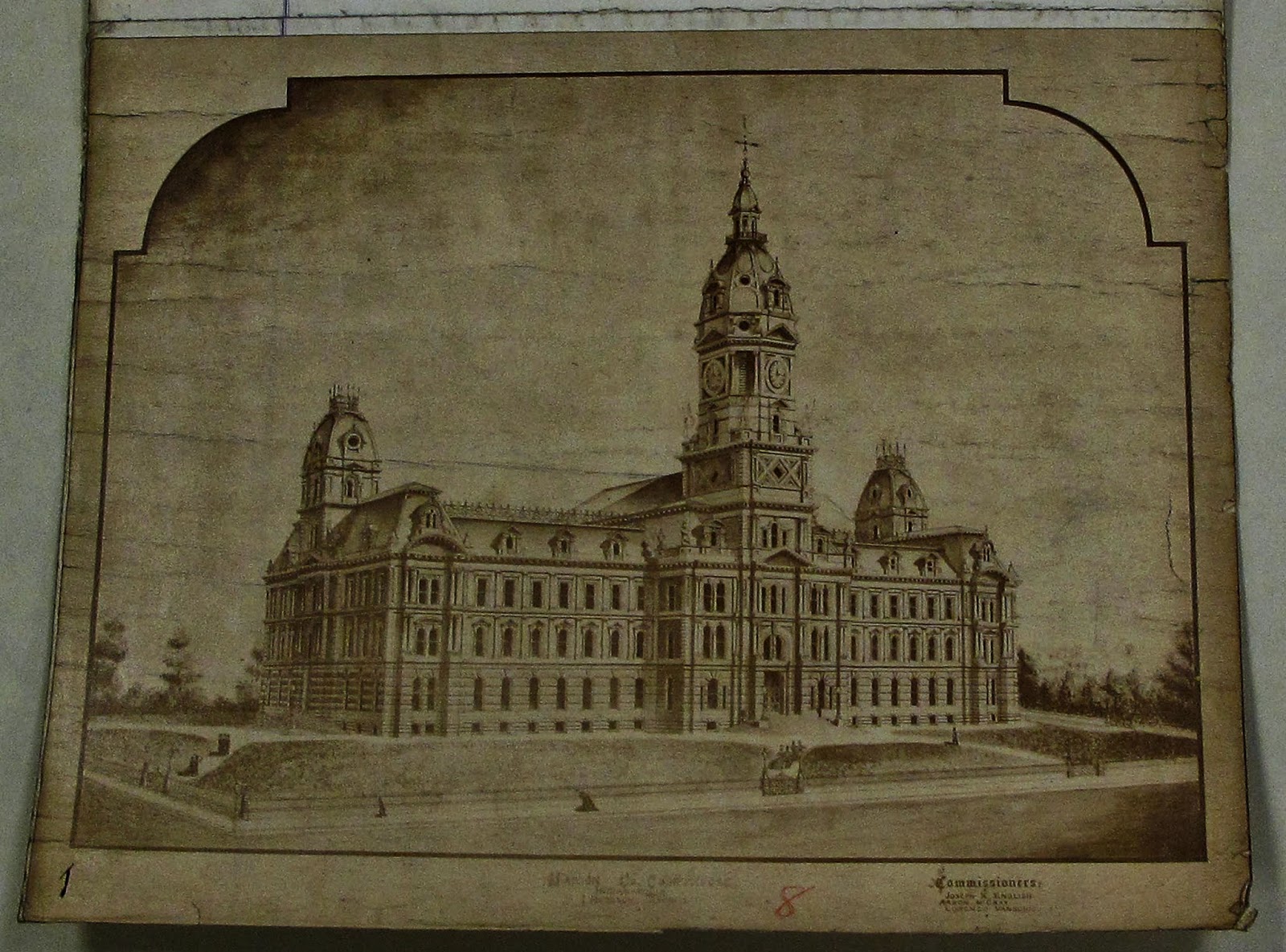I was pretty excited when Urban Times publisher, Bill
Brooks, asked me to give him my Christmas Wish List.
I thought keeping my
list to only two items, that vintage Mercedes 250 SL I’ve been wanting for a
while now and a bottle of Chanel #5 (because how can you drive around in your
vintage Mercedes convertible without Chanel #5?) showed my restraint nicely.
And really, I planned to appreciate the boss’s kind gift-giving gesture almost
as much as I would that supple leather interior.
Then he said: uh no, not a wish list for yourself, one for
the City. What do you hope and wish for the City for Christmas?
So ok, I can’t exactly drive around in it, but now that you
mention it, I have had my eye on a few things that I’d like for my city,
specifically downtown, too. And in the altruistic spirit of the season (which
doesn’t smell nearly as nice as Chanel #5), here’s my wish list for you,
Indianapolis.
1.
A pile of money as big as the one you used to
demolish houses last year (reportedly $13 million), devoted this time to
stabilizing the ones that are left, creating a Land Bank that works and will
move them into the hands of buyers, and maybe even giving a cash incentive to
folks willing to come into the neighborhoods, take on a house that’s abandoned,
fix it up and live there.
2.
No more flat-roofed, tiny eaved, multiuse
commercial/housing developments. Enough. The idea is a good one, but surely
there is more than one way to design a building for multiple purposes. Look at
the Argyle building on Mass Ave. It’s attractive, multi-use and still standing
more than 100 years after construction. None of this current crop of blah
sameness will last until 2113. That may be a good thing, but building not to
last in a style that’s now become ubiquitous is not a lofty goal.
3.
Let’s eliminate some of our one-way streets
dedicated to the massive outmigration of workers each day. Add back the
opposite travel lanes. Maybe if we slow them down by making their commute a
little less easy, they will take a minute to look around and see how much
better life could be if they just moved into the city.
4.
On my list five years ago and still on it today:
a GREAT building. Somewhere in our downtown area. How about a GREAT building,
even a controversial one? Hello? Anyone?
5.
More restaurants that serve breakfast with
gluten-free toast (Ok, that one is kinda specifically oriented at me, but I
think the City will be a better place if I can eat breakfast out more often).
And in that same theme, a microbrewery serving up some fine gluten-free beer.
6.
That Urban Transit stuff. Yeah, let’s get that
going.
7.
And when we get that light rail, or improved bus
system or old time interurban happening, let’s recreate those bustling nodes of
commercial development around them. And then we can use the money I asked for
in Wish List #1 to help stabilize and/or help new homeowners renovate the homes
in the neighborhoods around these nodes, bringing those educated, young
professionals we are always talking about, back to our inner city. Win, win,
win, win!
8.
Super Bowl Spirit 2014! Let’s take all that
energy and the monies we devoted to making the City Super-Bowl ready and put it
into making the City an awesome place for those of us who live here, which
will, in turn, make an awesome place for others to want to move to. That was
cool that we knitted scarves for Super Bowl volunteers; how about we do that
for our homeless population, for our police officers? And again, back to Wish
List #1 (sensing a theme, Santa?), how about we plow some dollars into adversting
showing where in the City there are abandoned homes that need TLC and new
residents and how great it would be to become a new resident by taking on one
of these project houses and turning it back into a home to live in in our
awesome city? Heck, in the long run this might make the City more money than
that fleeting Super Bowl. We’re talking tax-paying residents, property tax
dollars, job holders, neighbors.
9.
More grocery stores, please.
10.
And
finally, for some real big-city charm and the occasional cheap purse: street
vendors. Need flowers? Pick them up at the corner. Lose your wallet? You can
buy one downtown, corner of Washington and Illinois. No matter what we say
about being a world-class city, I’ll believe we’re a big city when I can find a
“317” T-shirt vendor on the sidewalk on Meridian Street.
That’s my wish list this year.
Before I sign off, I want to say that you’ve done a pretty
good job with the City in some unexpected ways over the last couple of years,
Santa. The Cultural Trail, well it’s really something, proving that we really
will get out and move if you give us a place to do it, and adding much-needed
green space that winds throughout downtown. The boom in good restaurants,
that’s been great, too. And I’ve always been a fan of a vintage cocktail, so
thanks for bringing that. Food trucks,
yeah. You’ve been busy and I appreciate
it. Now it’s time to get the elves working again.
Happy Holidays, everyone!
May your lists be short and your wishes fully realized. I guess I’ll be
waiting until next year for that sweet little Mercedes.
Originally published in Urban Times, December 2013 issue.







